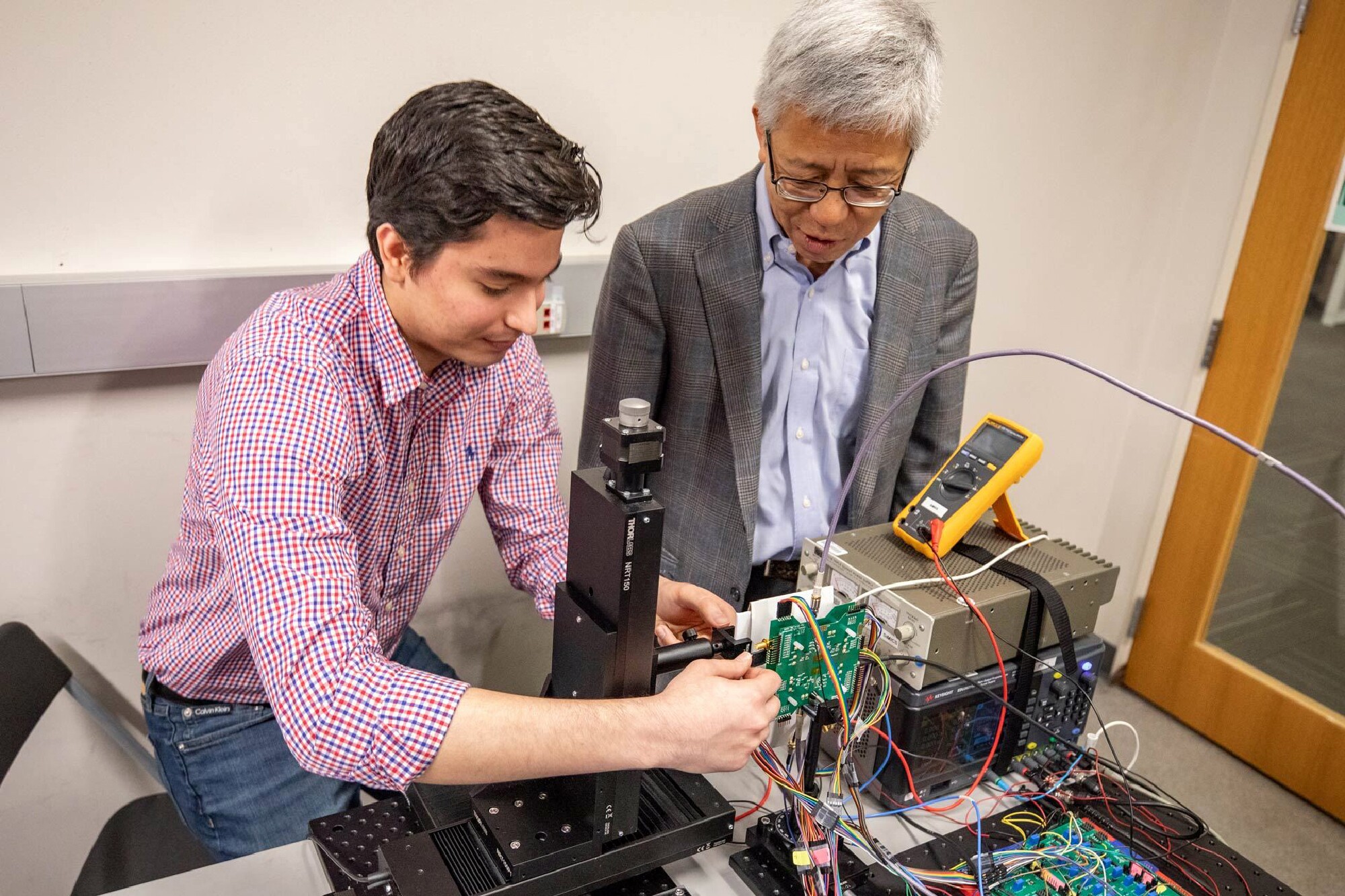Get the latest tech news
A Step Forward in Stingray Science
A California researcher and his team simulate stepping on round rays to learn more about how, why, and when the animals strike.
She stays motionless as researcher Ben Perlman of California State University, Long Beach, (CSULB) carefully pushes the sand from her mottled-brown body—the squeegee offering the scientist a little protection from the hazardous-looking barbs poking out halfway down Stingray 12’s tail. The result will be logged into his lab’s study of what makes stingrays attack—science that Perlman hopes will eventually help people avoid painful stings from the serrated barbs, each about the length of an adult human’s big toe. Stingrays love to congregate there in the calm, warm waters at the mouth of the San Gabriel River, and lifeguards document upward of 500 painful stab injuries from rays each year.
Or read this on Hacker News
